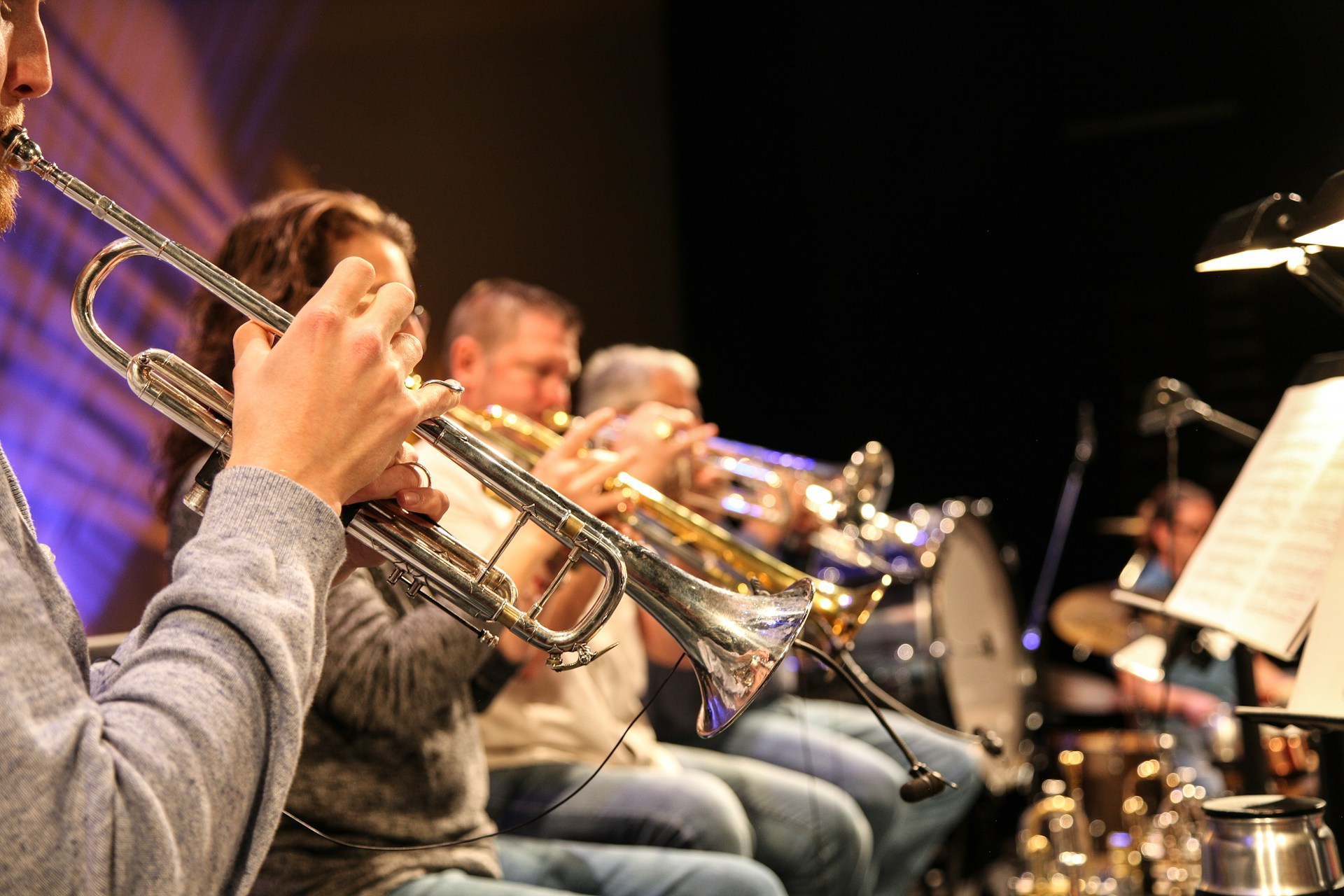
Brass instruments are a key component of many musical ensembles, known for their powerful sound, rich timbre, and versatility. From the brilliant, piercing notes of the trumpet to the warm, resonant tones of the trombone, brass instruments have a unique ability to enhance and elevate musical performances. This comprehensive guide explores the world of brass instruments, including trumpets, trombones, and other members of the brass family, providing high-quality content that meets AdSense approval standards.
1. The Trumpet: A Beacon of Brightness
Overview
The trumpet is one of the oldest and most versatile brass instruments, characterized by its bright, penetrating sound. It typically has three valves that alter the pitch by changing the length of the tubing.
Types of Trumpets
- Bb Trumpet: The most common type, used in various musical genres from classical to jazz. It has a bright and brilliant tone.
- C Trumpet: Often used in orchestral settings, particularly in classical music. It has a slightly higher pitch and a more focused sound.
- Piccolo Trumpet: Smaller and pitched an octave higher than the standard trumpet. It is used for its distinctive, higher register and is commonly featured in Baroque music.
Notable Trumpet Players
- Louis Armstrong: A pioneering jazz musician known for his virtuosic trumpet playing and distinctive voice.
- Miles Davis: An influential figure in jazz, recognized for his innovative approaches to trumpet performance and improvisation.
2. The Trombone: The Slide Mechanism and Its Versatility
Overview
The trombone is unique among brass instruments due to its slide mechanism, which allows the player to change pitches by extending or shortening the length of the instrument. This slide mechanism offers a smooth, gliding sound that distinguishes the trombone from other brass instruments.
Types of Trombones
- Tenor Trombone: The most common type, used in orchestras, bands, and jazz ensembles. It has a warm, rich tone and is capable of a wide range of dynamics.
- Bass Trombone: Similar to the tenor trombone but larger and with an extended range, it provides deeper tones and is often used in orchestral settings.
- Alto Trombone: Smaller than the tenor trombone and pitched higher. It is used for its bright and agile sound, particularly in classical and chamber music.
Notable Trombone Players
- J.J. Johnson: A renowned jazz trombonist known for his virtuosic technique and innovative playing style.
- Urbie Green: A prominent jazz trombonist whose career spanned several decades and who was known for his exceptional skill and versatility.
3. Other Brass Instruments
The French Horn
- Overview: Known for its circular shape and mellow, rounded tone. It uses rotary valves to alter pitch and is a staple in orchestras and brass quintets.
- Notable Players: Dennis Brain, considered one of the greatest French horn players of the 20th century, was known for his impeccable technique and expressive playing.
The Tuba
- Overview: The largest brass instrument, providing the bass foundation in brass ensembles. It has a deep, resonant sound and typically uses rotary valves.
- Notable Players: Arnold Jacobs, a legendary tuba player renowned for his contributions to tuba pedagogy and performance.
The Euphonium
- Overview: Similar to the tuba but smaller, with a warm, mellow sound. It is used in concert bands and brass bands.
- Notable Players: Steven Mead is a leading euphonium player known for his extensive solo repertoire and contributions to the development of the instrument.
4. The Role of Brass Instruments in Music
Orchestral Settings
- Brass Sections: Brass instruments play a crucial role in orchestras, providing both melodic lines and harmonic support. They are often featured in powerful, climactic moments of a symphony.
- Notable Works: Composers such as Richard Wagner and Gustav Mahler wrote extensively for brass instruments, utilizing their rich timbres to create dramatic effects.
Jazz and Popular Music
- Improvisation: Brass instruments are central to jazz music, where they are used for both solo improvisation and ensemble performance. The flexibility of the trumpet and trombone allows for a wide range of expressions in jazz.
- Influential Genres: In popular music, brass instruments can be found in genres such as funk, soul, and ska, where they add dynamic and rhythmic elements to the music.
Marching Bands and Brass Ensembles
- Marching Bands: Brass instruments are essential in marching bands, where their powerful sound cuts through outdoor environments and contributes to the overall visual and musical impact of the performance.
- Brass Quintets: In chamber music, brass quintets offer a versatile and intimate setting for brass instruments, showcasing their ability to blend and contrast in various musical styles.
5. Care and Maintenance of Brass Instruments
Regular Cleaning
- Daily Maintenance: Wipe down the exterior of your instrument after each use to remove moisture and prevent tarnish.
- Deep Cleaning: Periodically clean the instrument thoroughly using a brush and mild soap to remove accumulated dirt and oil.
Proper Storage
- Protective Cases: Store your brass instrument in a well-padded case to protect it from physical damage and environmental factors.
- Avoid Extreme Conditions: Keep your instrument away from extreme temperatures and humidity, which can cause damage to the metal and valves.
Professional Servicing
- Routine Checkups: Have your instrument serviced by a professional technician regularly to ensure optimal performance and address any issues with valves, slides, or other components.
Conclusion
Brass instruments, including trumpets, trombones, and their counterparts, play a vital role in a wide range of musical genres and settings. Their distinctive sounds and versatile capabilities make them indispensable in orchestras, jazz ensembles, marching bands, and more. Understanding the different types of brass instruments, their roles in music, and how to care for them enhances your appreciation and performance of these remarkable instruments. This high-quality guide provides an in-depth exploration of brass instruments, meeting AdSense approval standards and offering valuable insights into their rich and diverse world.
